Spain is a renowned travel destination for its stunningly well-preserved architecture, tasty food, diverse landscape, and passionate culture. But what many visitors don't know is that Spain is also brimming with traditional festivals that are worth planning a trip around.
Each city, town, and region in Spain celebrates its own cultural traditions, customs, and foods, and each one comes with its own charm and unique spirit. Some festivals celebrated in Spain carry deep religious or historical meaning, while others are intended just for parties and fun.
Best traditional festivals in Spain
Here are 17 of the most amazing festivals in Spain that you need to experience. Add one to your itinerary to enjoy the country’s exceptional culture firsthand!
January 20 – La Tamborrada, San Sebastian
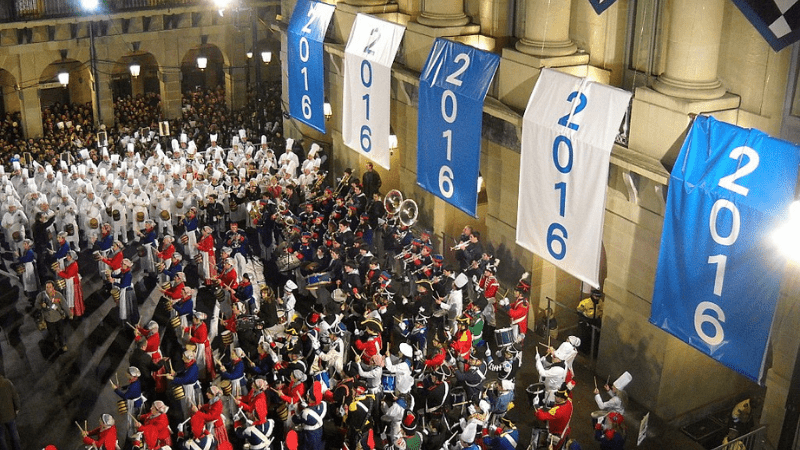
If you're looking for a truly unique Spanish experience, look no further than La Tamborrada in San Sebastian. This festival celebrates the town's patron saint, Sebastian, with a large papier-mâché figure of Sebastian, the city's patron saint, created by local artists.
La Tamborrada is a week of parades, music, and fireworks, but the highlight of the festival is the drumming parade that takes place around midnight on January 20th. Thousands march through the streets all night banging drums and cymbals and playing lively folk music.
Be sure to bring a pair of earplugs if you plan to sleep. The party lasts for 24 hours!
February – March – Carnival, nationwide
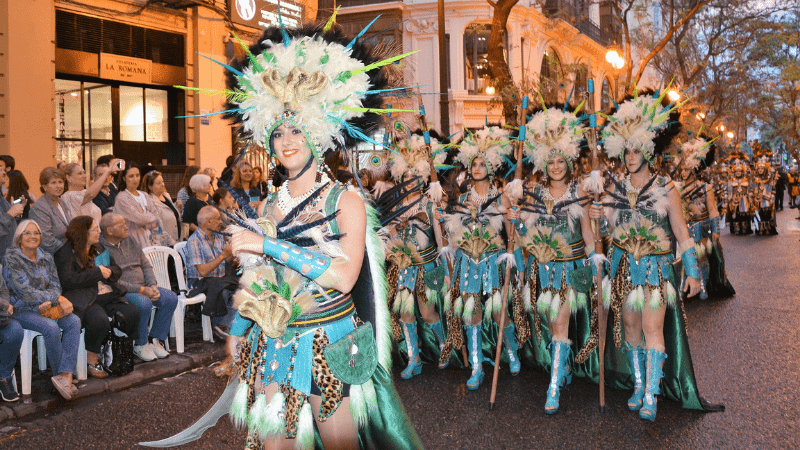
The Carnival celebration starts on the Thursday before Ash Wednesday and lasts until midnight of Shrove Tuesday, which is the day before Lent. Large cities and small towns all over Spain celebrate this holiday with parades, costumes, dancing, music, street parties, pranks…the list goes on!
The most famous of all Carnival celebrations is in the southern Spanish city of Cadiz, and the largest celebration takes place in Santa Cruz de Tenerife. Every region has its own specific style, but the celebrations always begin with “las calendas” or the proclamation of the Carnival. They are followed by the famous “Lunes Lardero” or Fat Monday, which is the beginning of a long string of feasts and celebrations.
Carnival is so beloved that it's become an international festival. The most famous is in Rio de Janeiro, but you'll find celebrations in most Latin American countries and in places as far-flung as the Philippines!
Mid-March – Las Fallas de Valencia
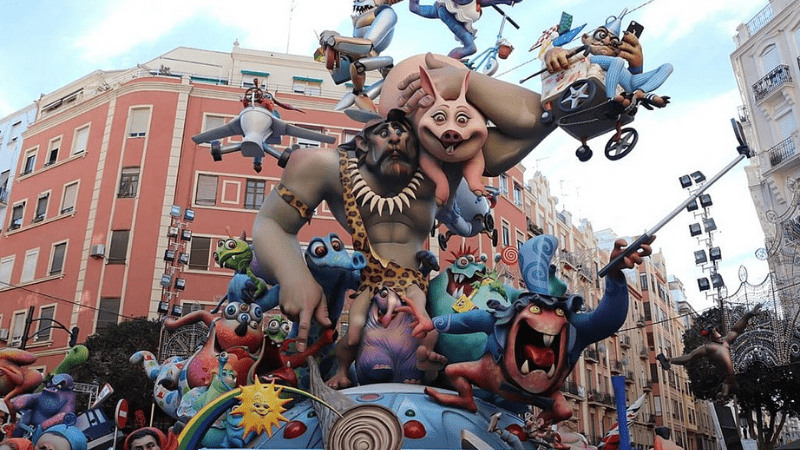
An event that has to be witnessed at least once in your lifetime, Las Fallas de Valencia (Festival of Fire), is a centuries-old tradition turned into a huge party for all to enjoy. It began in the Middle Ages, when the city's carpenters were allowed to burn their creations in the streets as a way to clean up the town. In time, this evolved into a week-long celebration and competition between the different guilds. This one is an absolute must!
During this festival, people often party until dawn and street entertainment of all kinds is available. Crowds of people gather in the streets to show their love for las Fallas, which are huge papier-mâché figures paraded on the back of carts.
The night of March 19th is celebrated as La Nit del Foc (Night of Fire), when most of the fallas are burned in public squares all over Valencia. At exactly 11 pm, each group lights its own falla and starts a processional race to find a suitable spot to burn it. While the fallas are being paraded through the streets, there's also time for some music and dance.
It is a spectacular display of fireworks to music. The whole city is alive with partying until dawn and firework displays light up the sky all night long.Las Fallas de Valencia festival has been declared as a Masterpiece of the Oral and Intangible Heritage of Humanity by UNESCO.
March – April – Semana Santa, nationwide
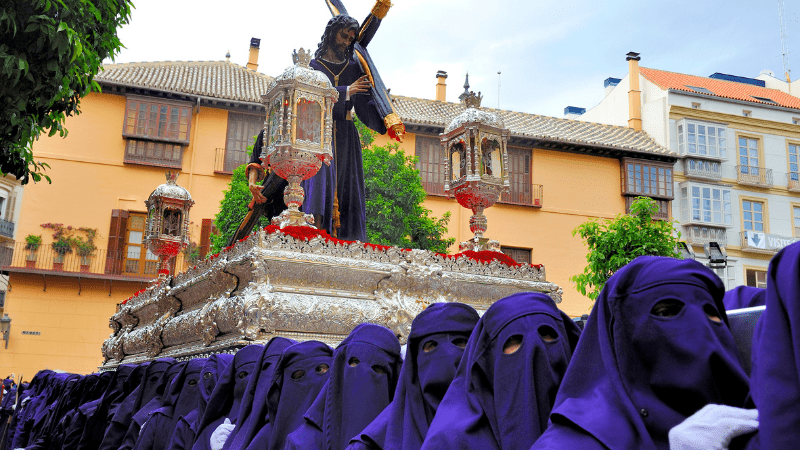
Semana Santa (or Holy Week) is one of the main festivals in Spain, celebrated with lavish processions and some very impressive ceremonies. The festival lasts for the entire week leading up to Easter Sunday and pays homage to the final week before Jesus Christ was crucified.
Thousands of people line the streets during this time to witness Holy Week processions, when participants carry religious statues on massive floats to a local church, accompanied by marching bands playing religious music. The floats usually feature the Virgin Mary, or an effigy of Christ either carrying a crucifix or already on it.
The Easter Holy Week procession is the most memorable, as “costaleros” (like pallbearers) carry scenes from the Easter story to the church along a planned route. They’re accompanied by “Nazarenos” who carry candles, torches, or wooden crosses. Dressed in traditional robes and conical hoods that cover all but their eyes, it's a sight not to be missed.
April – Barcelona Beer Festival
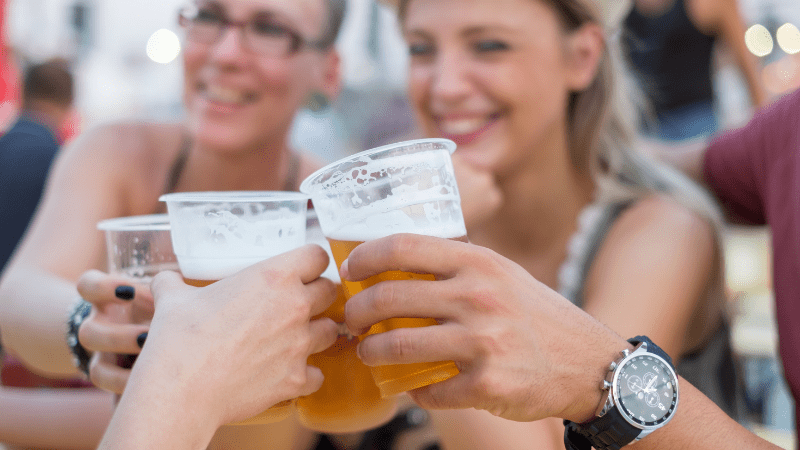
This popular event is one of the best Spanish festivals for foodies. It usually takes place in the second week of April. It is an opportunity to sample beers from all over Spain at food stalls set up throughout the city. The event also includes amusement rides, contests for best beer chaser, tasty traditional foods and tapas, and live music.
April – Festival del Paisaje y la Montaña, Vall de Boí
This three-day Spanish festival is held in Vall de Boí, a town surrounded by the breathtakingly beautiful natural scenery of Catalonia. The main theme for this festival is landscape and nature and includes activities such as guided walks (in different languages), cycle rides, concerts and theater performances. Children can enjoy storytelling sessions and hands-on cartography workshops.
A special section called “la Mesa de los Pueblos” involves people from all over Catalonia cooking traditional dishes that reflect the area's agricultural diversity such as wild mushrooms, beans, and lamb.
May – Feria del Caballo, Jerez
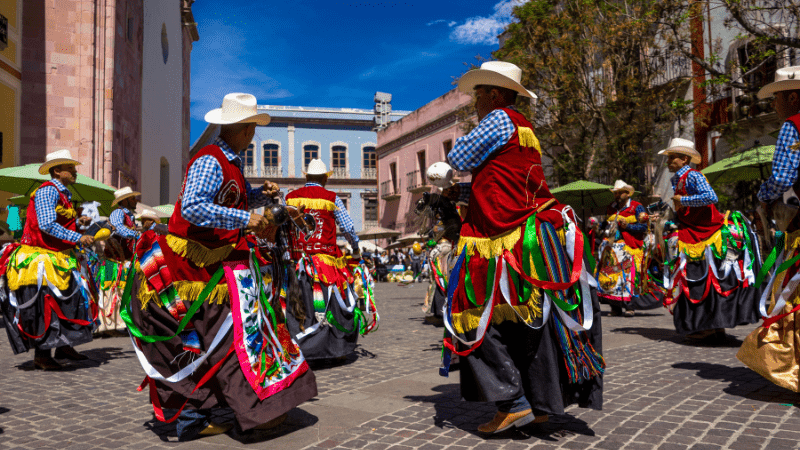
Located in Southern Spain, Jerez is famous for its sherry wine and Flamenco performances. But every May, over 130,000 visitors come to watch some of the best horsemanship in Europe at the annual horse fair, Festival de Caballo de Jerez.
Horses have been bred and trained in this region for centuries, and the Andalusian breed is considered one of the most beautiful in the world. The main spectacle is a parade early on Sunday morning by a dozen or more horses covered from head to toe with thousands of fresh flowers.
The festival features everything from classical dressage displays to stunt shows and re-enactments of scenes from famous Spanish movies. You can also stroll through the town and sample some of the region's delicious food and wine.If you're into horses, this is definitely a festival not to be missed!
June 23 – La Noche de San Juan, Valencia region
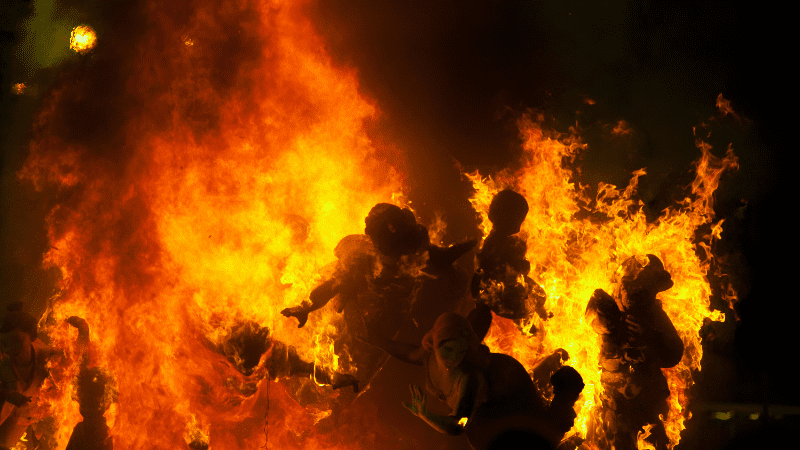
Some rural festivals have pagan origins and a cultural tradition closely linked to agriculture and the sun. So it's not surprising that there's a festival at midsummer where fire is involved. La Noche de San Juan, or Saint John's Eve, is a religious festival that welcomes the beginning of summer. It's also called Día de los Locos (crazy night) because people light bonfires and jump over the flames, or throw firecrackers into them.
On this day, people light fires in public squares and parks and on beaches all across Spain. The idea is that they venerate the sun and the saints, who are said to come down to earth on this night. People sing, dance, enjoy barbecues, and eat around the bonfires.
Valencia has the largest local partner congregation and the celebration at Alicante lasts several days culminating in burning papier-mâché figures on the ground.
June 28-30 – Haro Wine Festival, Haro Spain
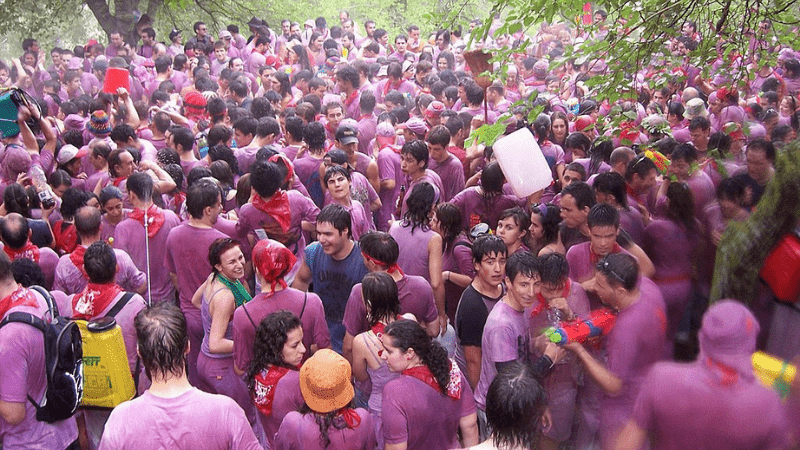
If you enjoy wine, plan to attend the Haro Wine Festival at the end of June. Held in Spain's La Rioja region, this is one of the most fun Spanish festivals, as thousands of people gather in the small town of Haro to celebrate with wine—lots and lots of beautiful, red Rioja wine.
This is a wine festival with a twist, as things can quickly turn into a free-for-all when the locals start slinging wine at each other in the town square. Wear red if you can, because participants throw more than 1,500 liters of wine from balconies and roofs into a crowd below. Expect red-dyed streets and red-stained participants at the end of the day.
It's all good fun though, so if you're up for a wine fight, come prepared to get messy and join in on the action!
July 7-14 – Running of the Bulls, Pamplona
Inspired by the 9th-century ritual of running with bulls, Pamplona's Feast of San Fermin is one of the most famous Spanish festivals of all. It attracts more than 1 million people from all over the world. The events begin on July 7 and continue until midnight on July 14.
All activities center around the encierro (running of the bulls), which starts at 8 am each morning in Santo Domingo park. Over a thousand people race with six fighting bulls through narrow streets to the bull ring.
Bystanders take great risks standing in the streets to watch as bulls run by, and many are injured every year. It's worse for the bulls though, because they are killed later that afternoon in a bullfight.
July 25 – The Feast of St. James, Santiago de Compostela
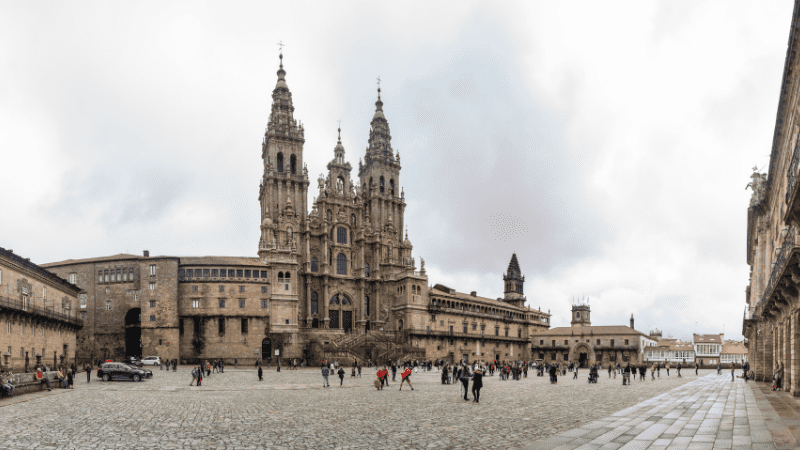
Another of Spain's famous festivals, the Feast of St. James takes place on July 25 each year, when thousands of pilgrims who have walked the Camino de Santiago congregate in Santiago de Compostela Cathedral. According to tradition, St. James the Greater is said to be buried inside the Cathedral, which dates back to the 9th century.
During the festival, festival goers dress up in medieval costumes, hold processions and re-enactments of past events on horseback, and enjoy wine fests and street parties. Although the exact origins of St. James' Feast are unclear, people from all over Spain and the world come to visit the city during this time of celebration, as a pilgrimage or on a tour.
August 15-21 – Fiesta Major de Gràcia, Barcelona
If you're visiting Barcelona in mid-August, you should undoubtedly join the fiesta happening in the city’s Gràcia district. The festival includes a good mix of events, from live music and dancing to parades, street markets and open-air theater.
The Parc del Fòrum hosts most of the events, so it's easy to find the action even if you're wandering around town. Highlights include folk dancing on August 15, a correfoc (fire run) on August 16, and a fire show at the fountains of Montjuïc on August 19.
Late August – Semana Grande, Bilbao
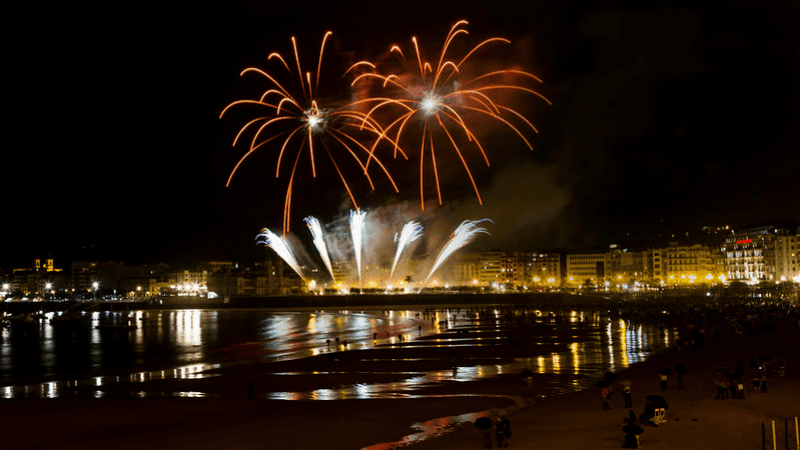
Bearing a similar name, but a slightly different ambiance, Semana Grande is a massive festival and one of the biggest festivals in Northern Spain. Also known as Aste Nagusia, this summer festival takes place in Bilbao in northern Spain, starting on the Saturday following the 15th of August.
Semana Grande means The Big Week, and this Spanish celebration actually lasts for nine days! There's a parade of giant puppets and a music festival with an unbelievable number of performances ranging from rock and pop to classical and jazz. The entire time is filled with parties, music, fireworks, and various competitions.
August 24 – Boloencierro, Mataelpino
One of the most unique celebrations in Spain is a slightly more recent one. Boloencierro is an animal-friendly alternative to the popular tradition of running with the bulls.
Consisting of the words bolo, meaning ball, and encierro, meaning bull run, the festival was first held in 2011, when due to lack of funding the small town of Mataelpino couldn’t afford to organize their usual bull run.
Instead, they came up with the novel idea of using a large polystyrene ball to chase the cheerful participants down the narrow streets of the town.
End of August – La Tomatina, Buñol
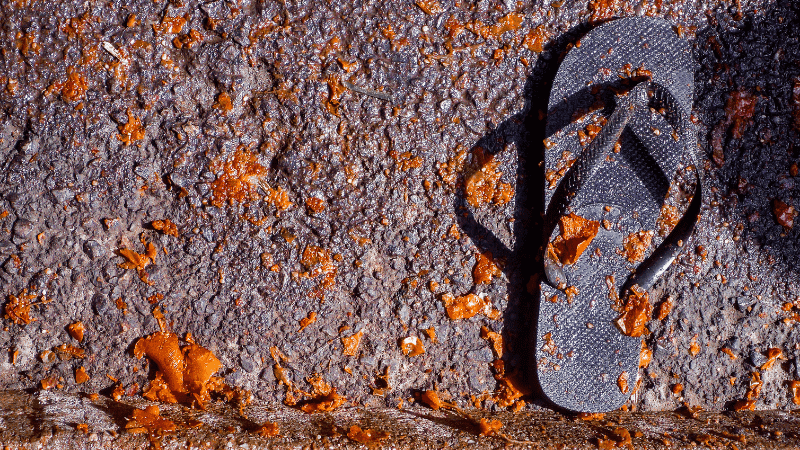
Every year on the last Wednesday of August, people come from all over the world to drench the town of Buñol in a sea of red.
What began as a friendly food fight in 1945 between neighbors has morphed into a massive event. Nowhere else can 150,000 kilos of over-ripe tomatoes embody so much unity, laughter, and good-natured fun.
La Tomatina officially begins at around 11 a.m., when someone reaches the ham atop a greased wooden pole. Water cannons are fired, and chaos ensues. Participants have one hour to pelt each other with tomatoes before the fighting stops and cleanup begins. Obviously, it's a good idea to wear old clothes for this Spanish fiesta!
La Tomatina Festival tickets are in high demand but short supply. Only 20,000 people will be allowed into this extraordinary celebration, so it's crucial to get your tickets ahead of time. Head to the official La Tomatina Festival website to buy tickets and learn more about the festival.
ⓘ TIP: If you plan to attend, stay in Buñol or in València’s city center. Both offer easy access to the festival grounds and a range of accommodation options. You can use public transportation to get to Buñol from València.
October 12 – Fiesta Nacional de España, nationwide
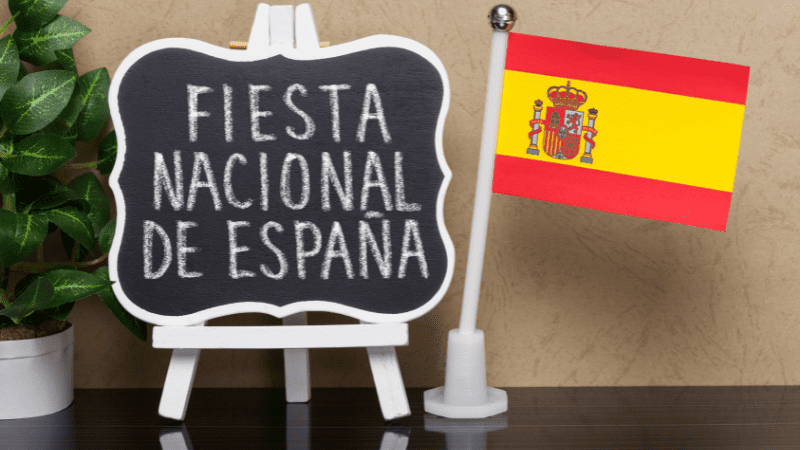
If there's one thing Spain does well, it's throwing a party. Every year on October 12th, the country celebrates its national day with colorful parades, tasty food, and plenty of lively music and dancing. This is Spain's biggest national holiday. Celebrating their country, Spaniards wave flags and dress in their country's traditional garb for parades, public events, and parties all across the nation. Some of the festivities include flamenco dancing, parades, marionette shows for children and bullfights.So if you're planning to be in Spain at that time, be sure to join in the festivities!
December 25 – Christmas, nationwide
While December 25 is not a national public holiday in Spain, the majority of Spaniards celebrate Christmas in some way or another. Depending on their location and family traditions, many Spaniards attend midnight mass, receive gifts from Niño Dios (Baby Jesus) [who is sometimes known as el Belen–the Nativity scene set up inside homes], and enjoy a large family meal together. The atmosphere in Spain during the winter months is always festive, so it's no surprise that they have such a rich variety of celebrations throughout December!
Thoughts about Spanish festivals
Whether it’s taking the Barcelona to Madrid train, catching a bus to the beautiful Rioja region, or carpooling to Bilbao – there will probably be a festival going on when you arrive there. And with each festival comes a unique experience that will let you explore the country’s culture and traditions in a whole new way. So, if you’re looking for an unforgettable travel destination, put Spain at the top of your list – it won’t disappoint!

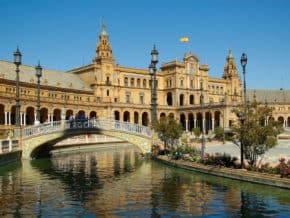
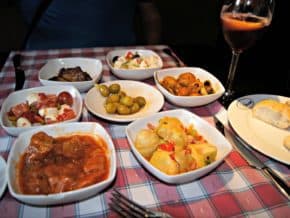
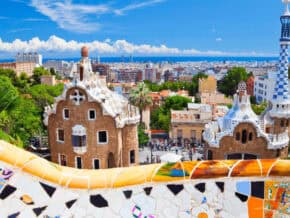
Thanks for the wonderful overview.
I would add the festival Entierro de la Sardina https://blog.myvideomedia.com/europe/spain/murcia/entierro-de-la-sardina/ at the end of the week after Easter in Murcia